battery cable
Overview
A battery cable is an essential component in the electrical system that connects the battery to various parts of the applications, such as car battery power the starter motor, alternator, and other electrical devices. It serves as a conduit for electric current flow between the battery and these components. Battery cables are typically made of copper or aluminum conductors with insulation material covering them to prevent short circuits or accidental contact with other metal surfaces. The size and thickness of the cable depend on the power requirements of the electrical system.
Cable Size Options
Battery cable size options are determined by the amount of current they can safely handle. The selection of the appropriate cable size is crucial to ensure efficient and reliable electrical connections in various applications. Factors such as the length of the cable, voltage drop considerations, and environmental conditions also play a significant role in determining the suitable cable size. When choosing a battery cable size, it is essential to consider the maximum current that will flow through it. This ensures that the cables do not overheat or become damaged due to excessive heat generated by high currents. By selecting an appropriately sized cable, one can minimize power losses and maintain optimal performance.
Different industries and applications have varying requirements for battery cables. For instance, automotive applications often require thicker cables capable of handling higher currents due to their demanding power needs. On the other hand, smaller electronic devices may only require thinner cables with lower current-carrying capacities. Moreover, factors like voltage drop must be taken into account when selecting battery cables. Longer distances between batteries and electrical components can result in voltage drops along the cable length. To compensate for this loss, larger gauge wires may be necessary to minimize voltage fluctuations and ensure proper functioning of connected devices. Environmental conditions also influence which battery cable sizes are suitable for specific applications. Extreme temperatures or exposure to moisture may necessitate using specialized cables with insulation properties designed to withstand harsh environments.
Battery Cable Types
Battery cable types are generally divided by the type of connector used, which can vary depending on the specific application and requirements. Some commonly used connectors include ring terminals, fork terminals, JST XH / PH connectors, Molex 5557 2-pin connectors, SAE bullet 2-pin connectors, Anderson connectors, and many more.
Ring terminals are a popular choice for battery cables as they provide a secure connection by being crimped or soldered onto the cable end and then attached to a stud or post on the battery terminal. They offer excellent conductivity and can handle high currents efficiently.
| 2AWG battery cable for 130A current | 4AWG battery cable for new energy (80A) |
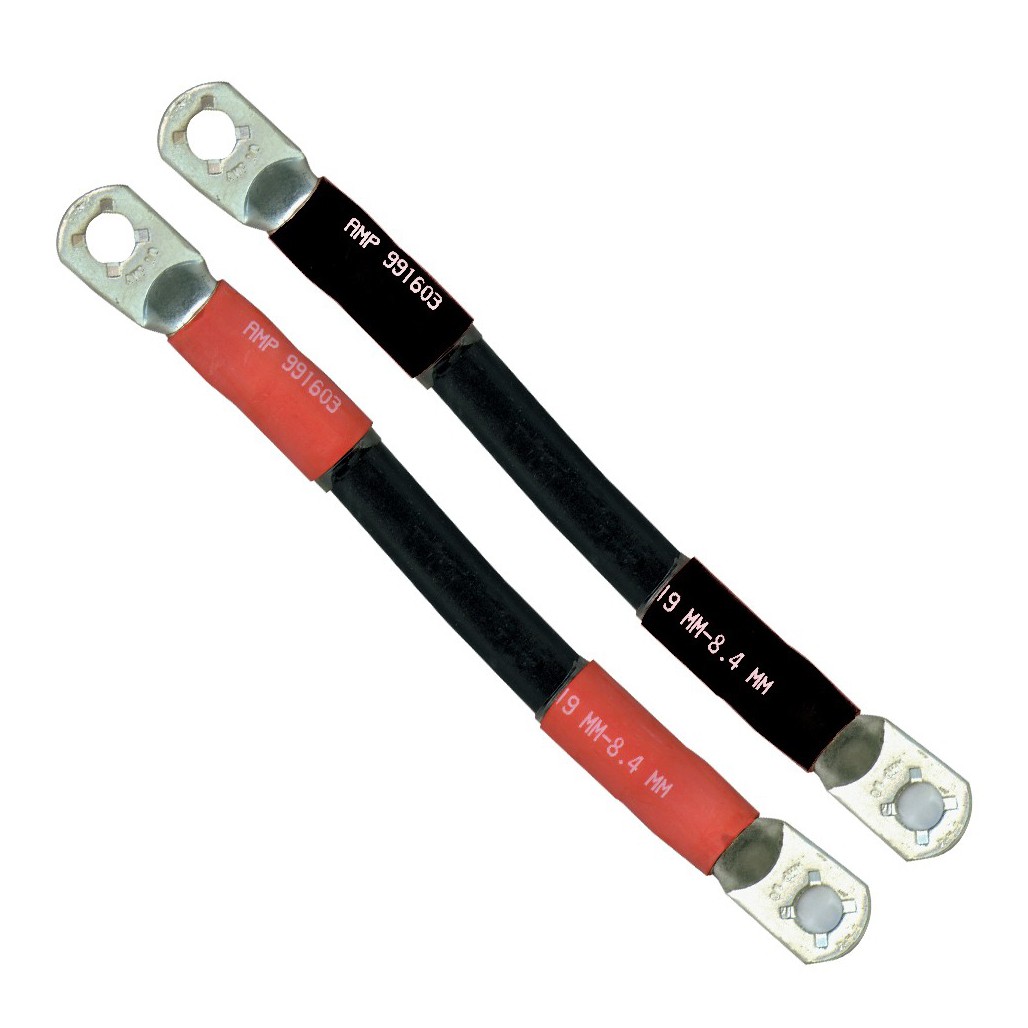 |
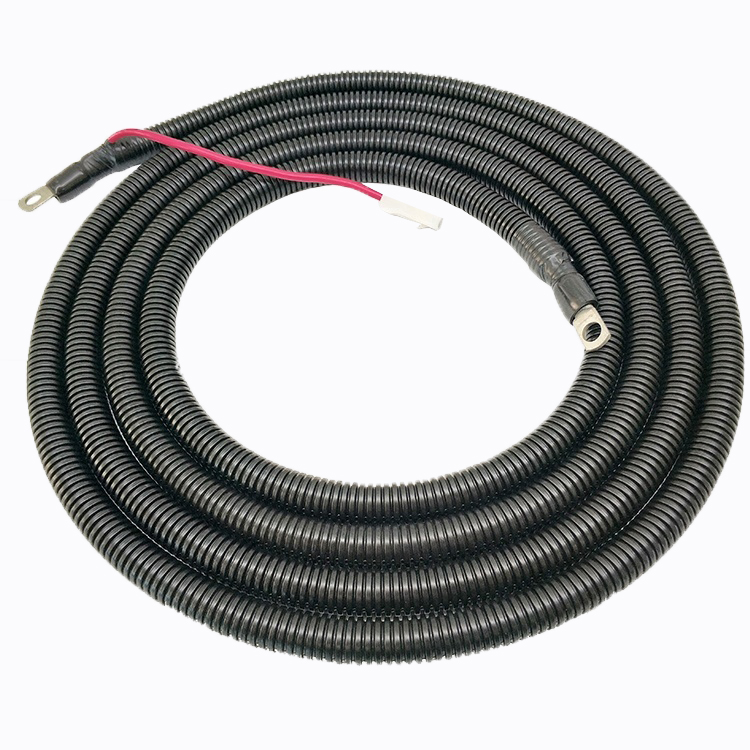 |
| 8AWG battery cable for marine (33A) | 16AWG battery cable for automobile (5A) |
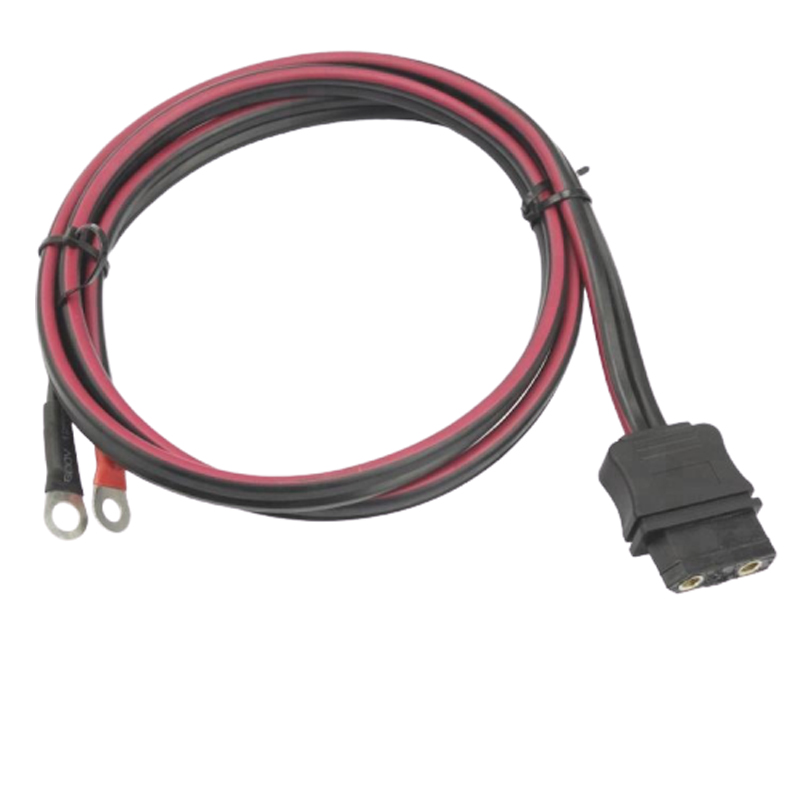 |
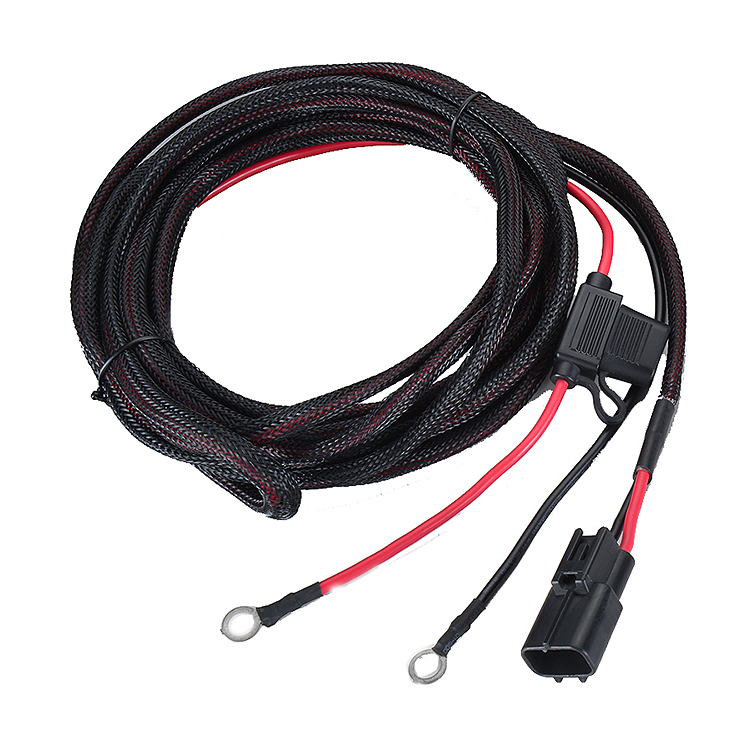 |
Fork terminals have a similar design to ring terminals but feature an open-ended fork shape instead of a closed loop. This allows them to be easily slipped over bolts or studs for quick installation and removal. Fork terminals are often used in automotive applications where space may be limited.
| fork terminal for electric wire harness | RV5.5-6 6.35 250 Terminal Cable |
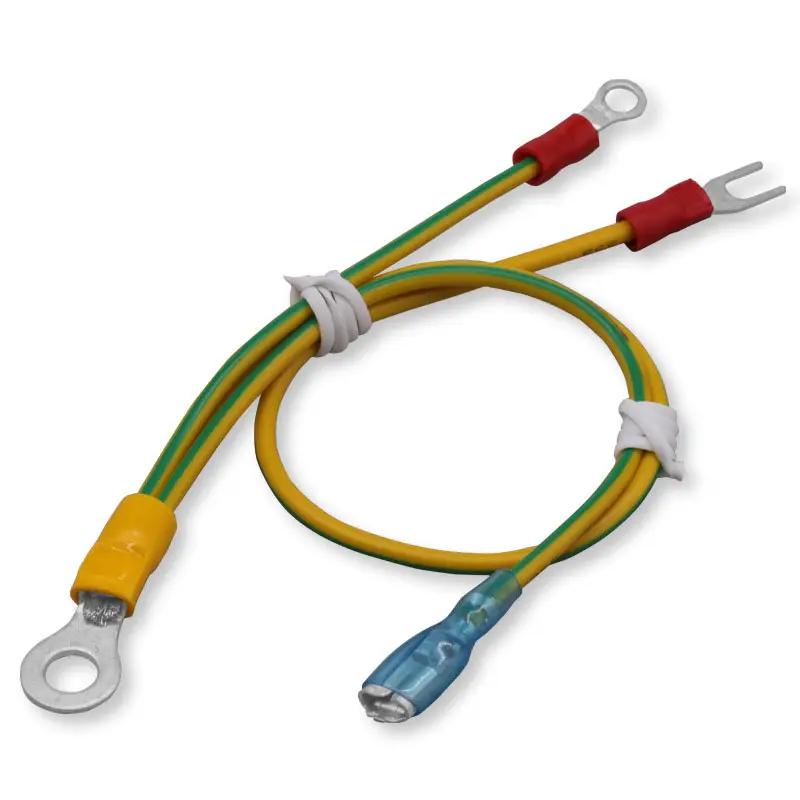 |
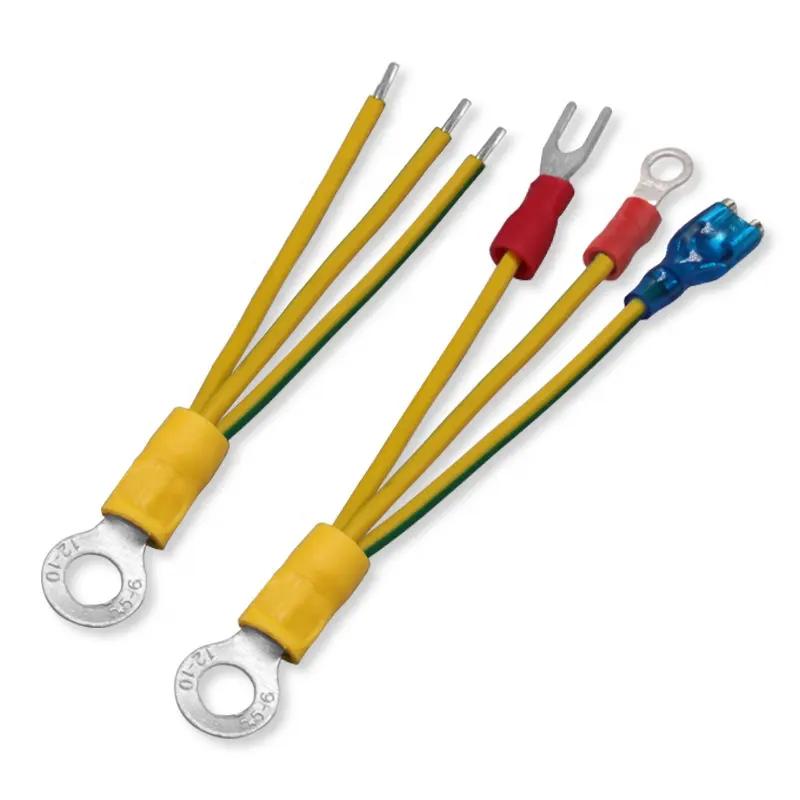 |
| Svn1.25-5s Fork Terminal Wire Harness for Power Supply | SV1.25-4S Fork Terminal wire harness |
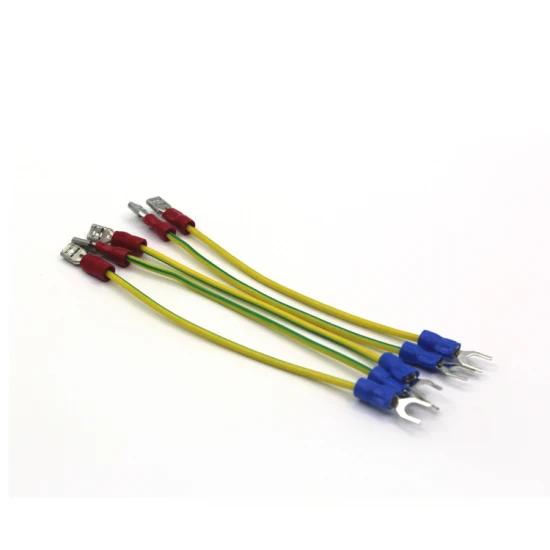 |
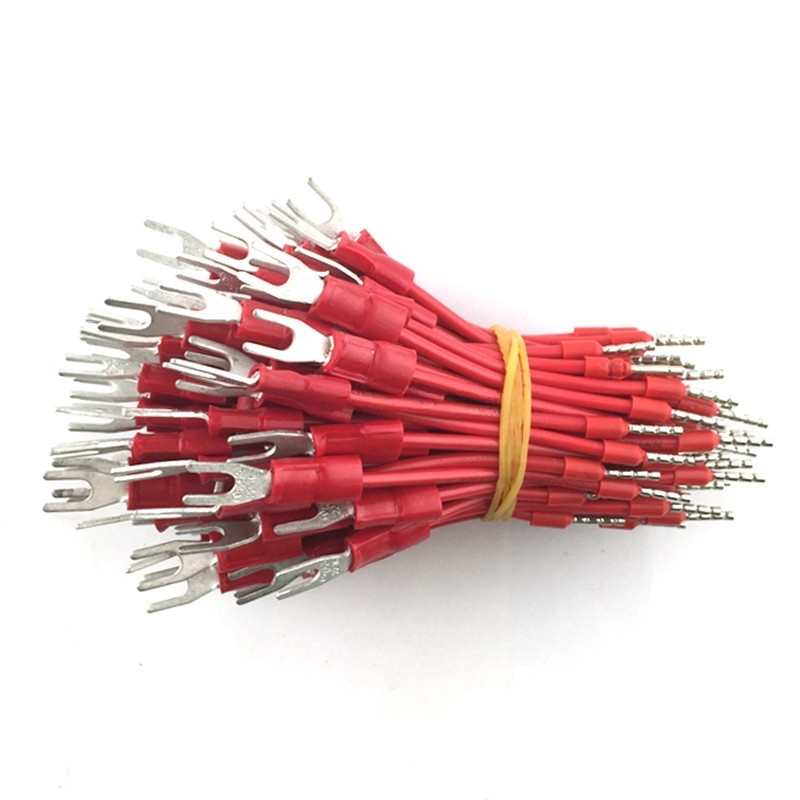 |
| 4pin Amp Tyco Power Connectors To Fork Terminal Wiring Harness | ring terminal for power connection used for auto light |
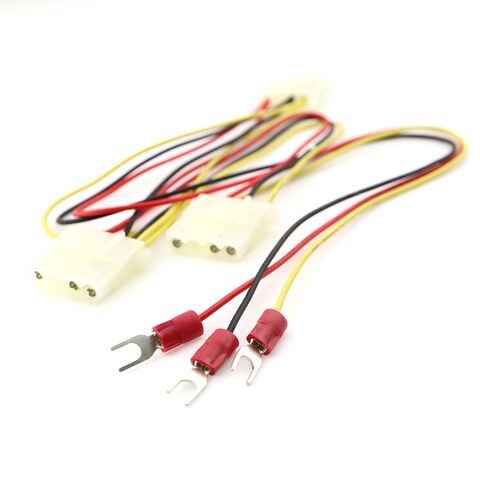 |
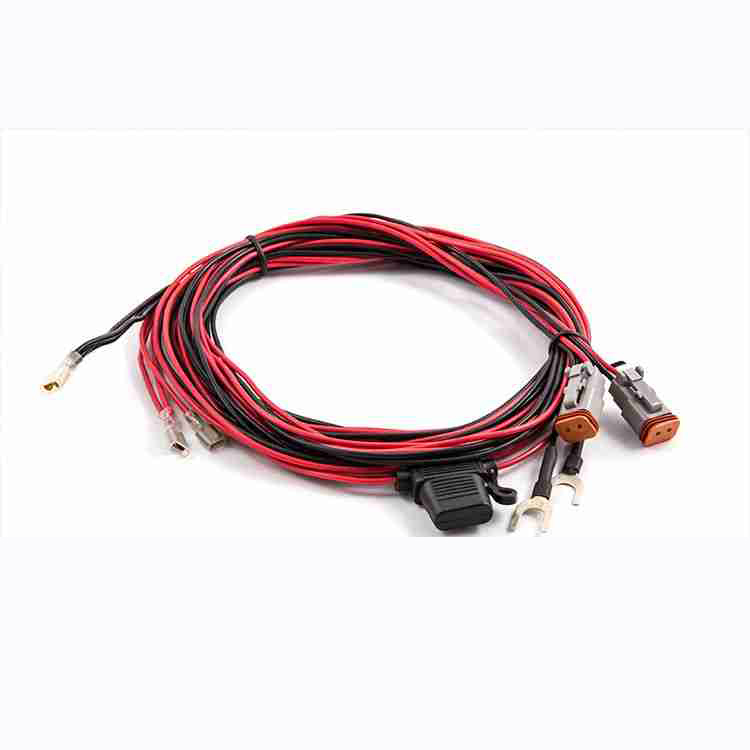 |
JST connectors are widely used in electronics and electrical systems due to their compact size and reliable performance. These connectors consist of male and female components that securely lock together when connected. They are commonly found in battery packs for portable devices such as laptops or drones.
| JST PH 2Pin connector wire for LiPo battery | JST XH 2Pin connector wire for LiPo Battery |
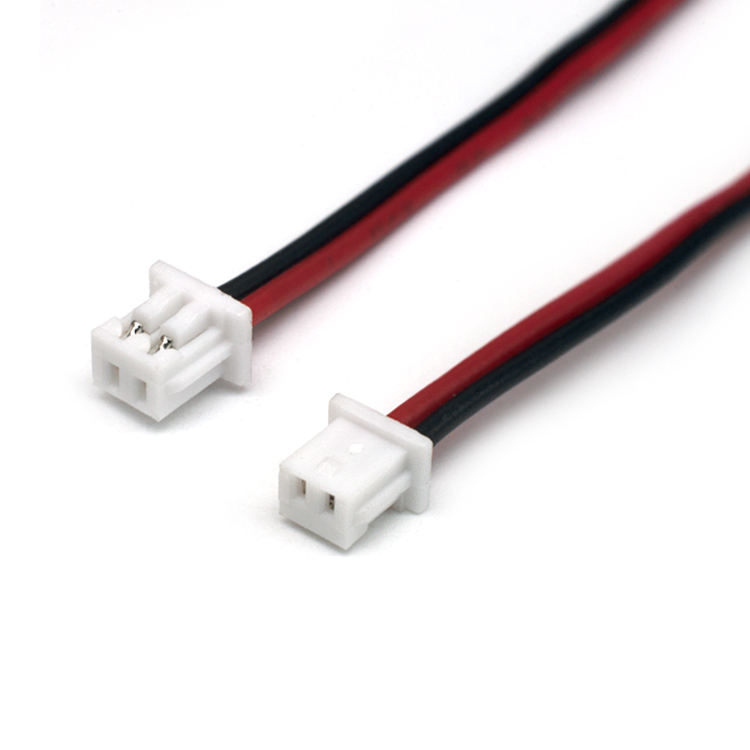 |
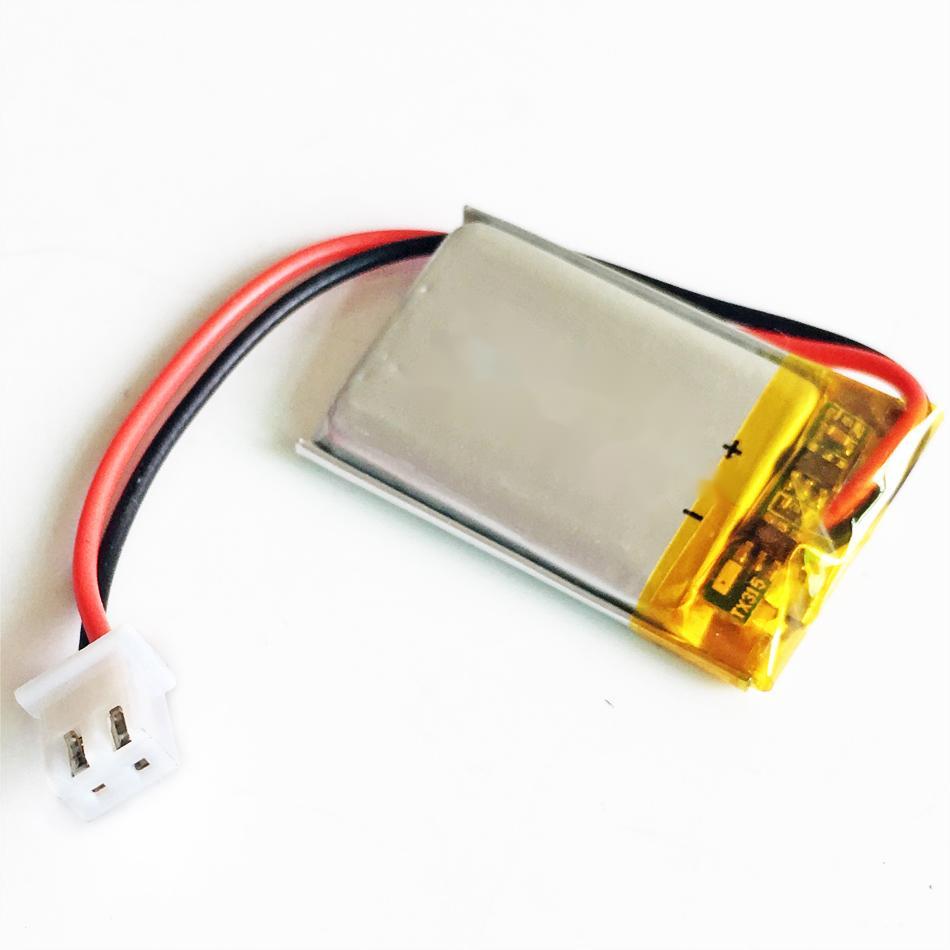 |
XT60 and XT90 connector is a widely used type of connectors for batteries in the field of electronics and electrical engineering. It is known for its high current carrying capacity, reliable connection, and ease of use. This connector features a male and female end that can be easily plugged together, ensuring a secure and stable connection between the battery and the device it powers. The design includes gold-plated contacts that minimize resistance and maximize conductivity, allowing for efficient power transfer. One notable advantage of the XT60 connector is its ability to handle high currents without overheating or causing voltage drops. This makes it suitable for various applications such as RC vehicles, drones, electric bikes, power tools, and even renewable energy systems like solar panels. Moreover, this type of connector has become popular among hobbyists and professionals alike due to its compatibility with different types of batteries including LiPo (Lithium Polymer), Li-ion (Lithium-ion), NiMH (Nickel Metal Hydride), and more. This versatility enables users to connect their preferred battery technology seamlessly without any compatibility issues.
| Anderson PP45 to Male XT90 battery cable | HXT 3.5mm Male Plug to XT90 Female Jack cable for RC battery |
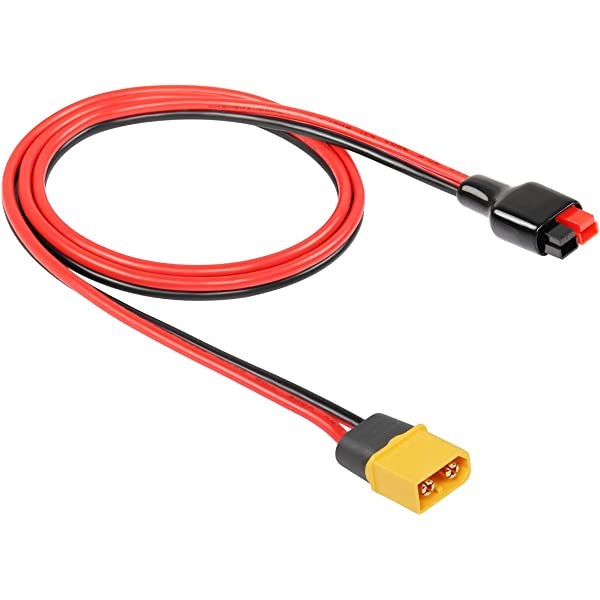 |
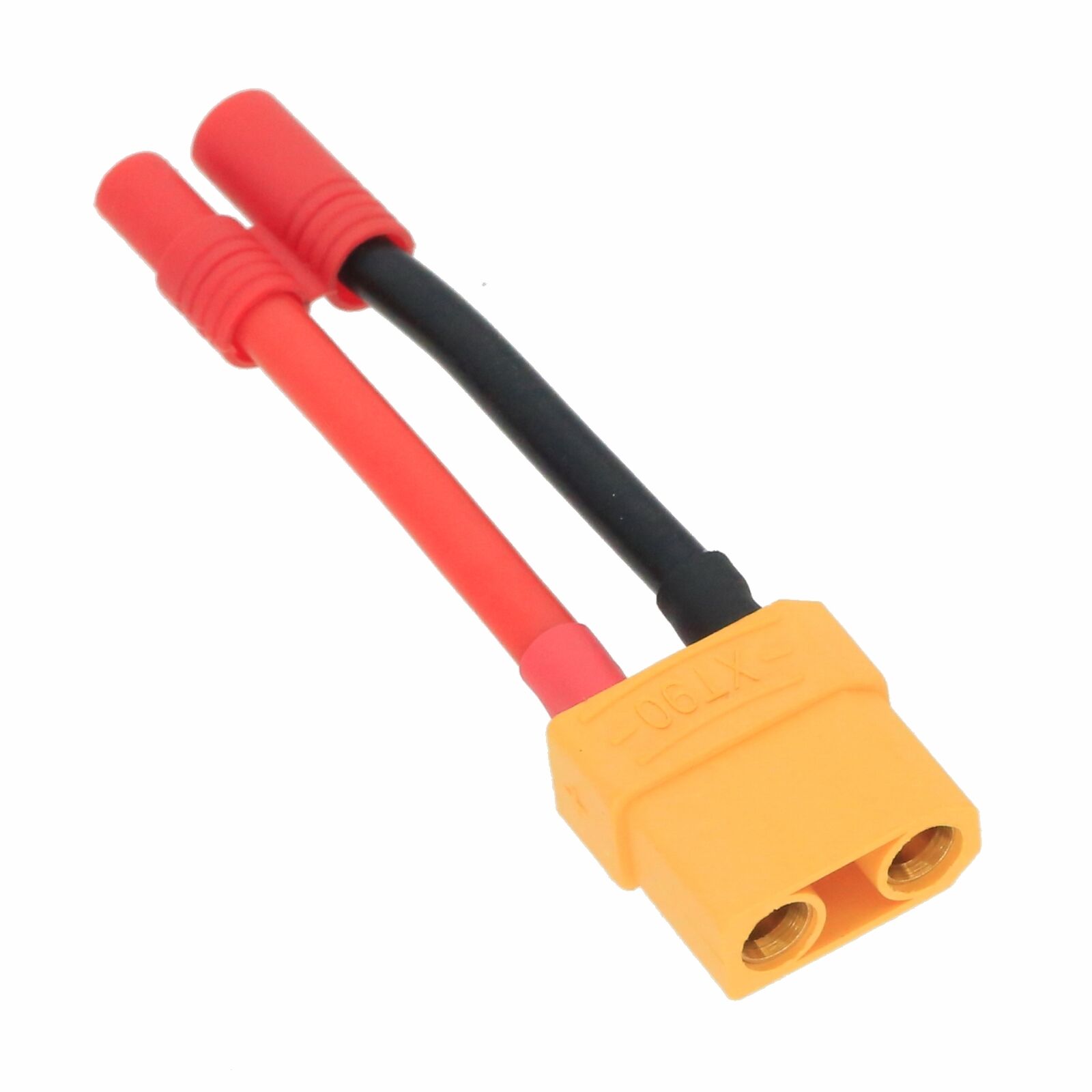 |
| XT60 Female to TRX Male Lipo Battery Charge Cable | XT60 to JST XH connector Battery Charging cable |
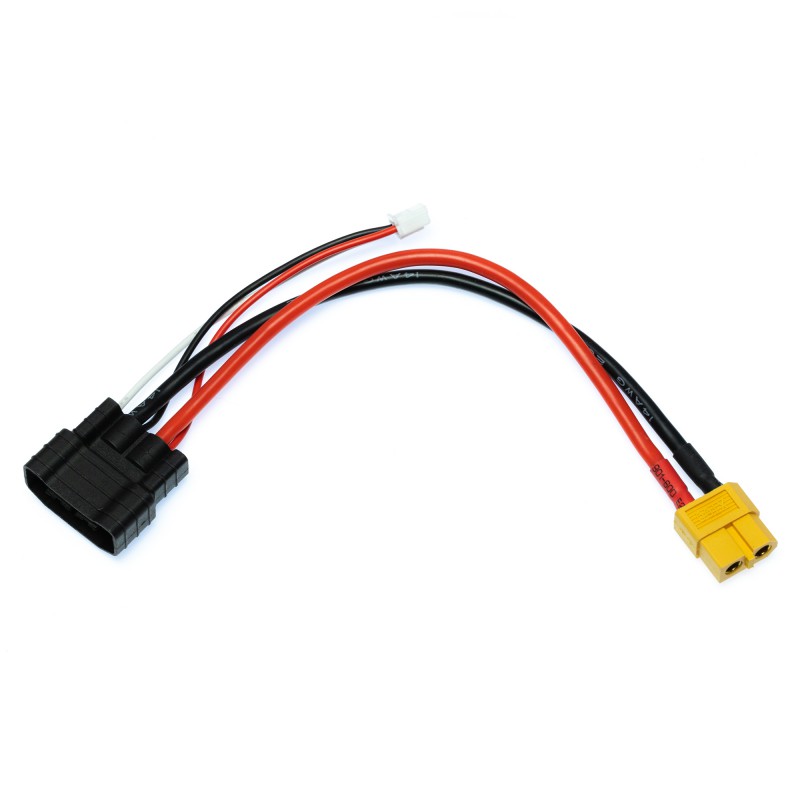 |
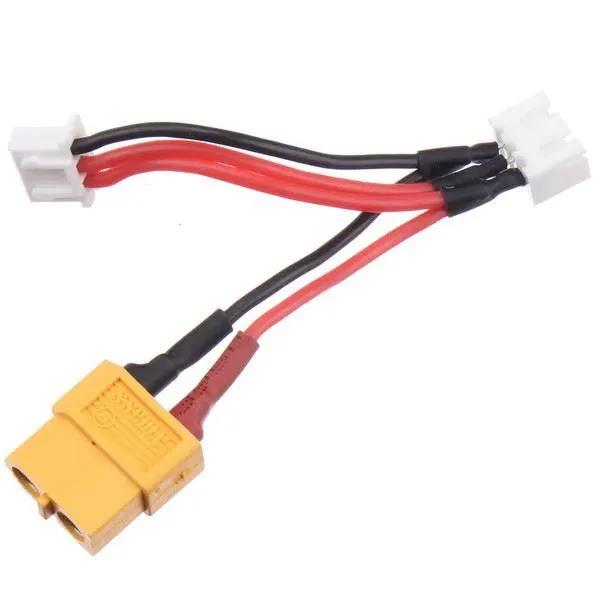 |
| XT90 1 female to 2 male for RC battery cable | XT90 1 female to 2 male for RC LiPo battery cable |
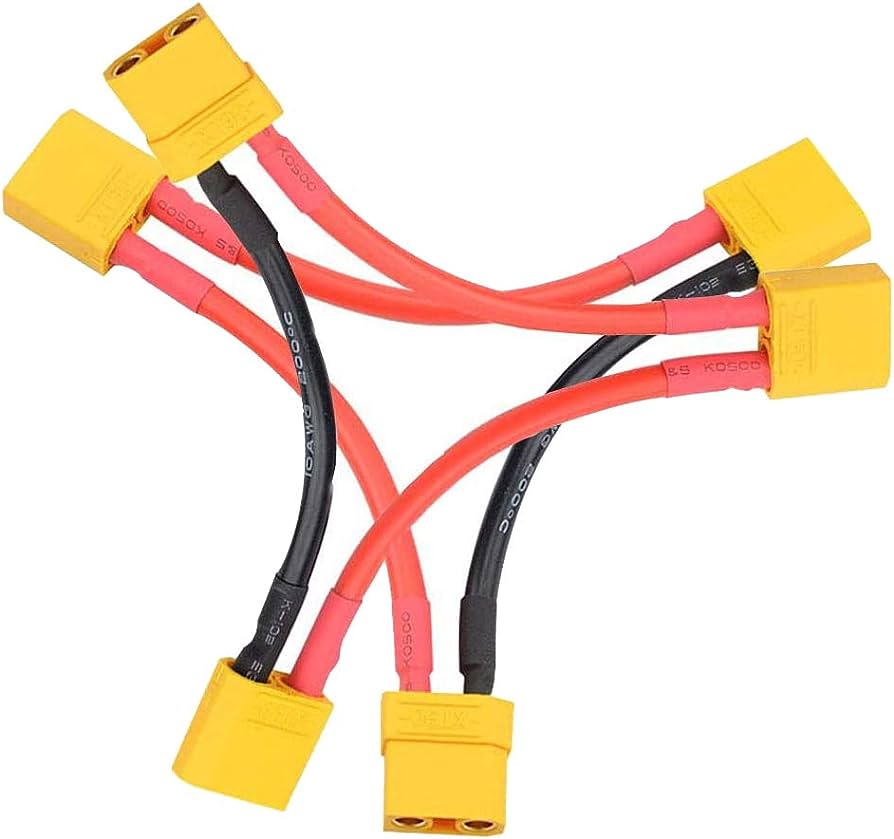 |
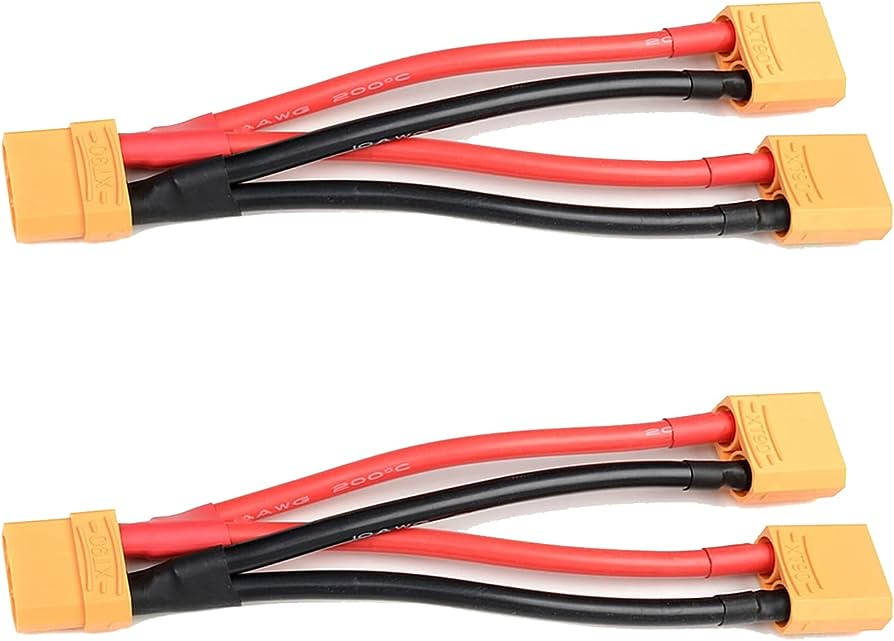 |
Molex connector 2-pin housing is another popular option for battery cables in various industries including automotive, aerospace, and industrial equipment. These connectors feature a durable plastic housing with two pins that securely connect when mated together.
| Molex connector power cable for telecom device | Molex connector power cable for the computer |
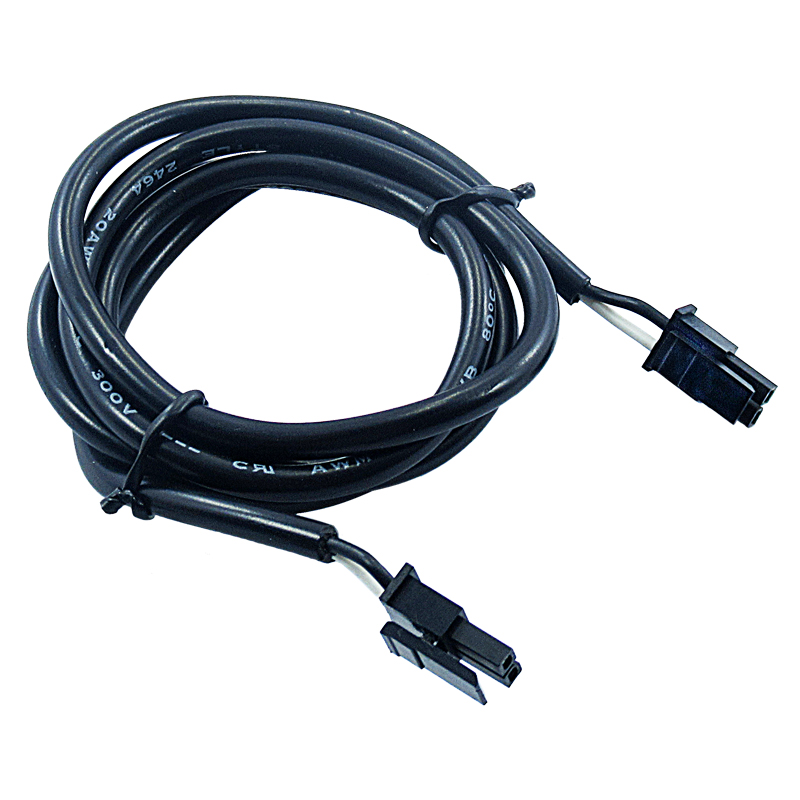 |
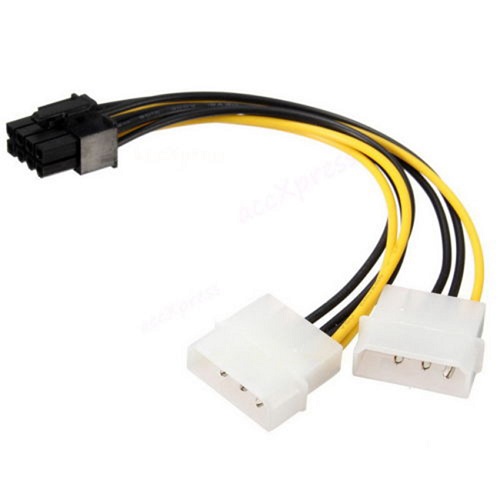 |
| Molex connector power cable for automobile | Molex connector power cable for GPS device |
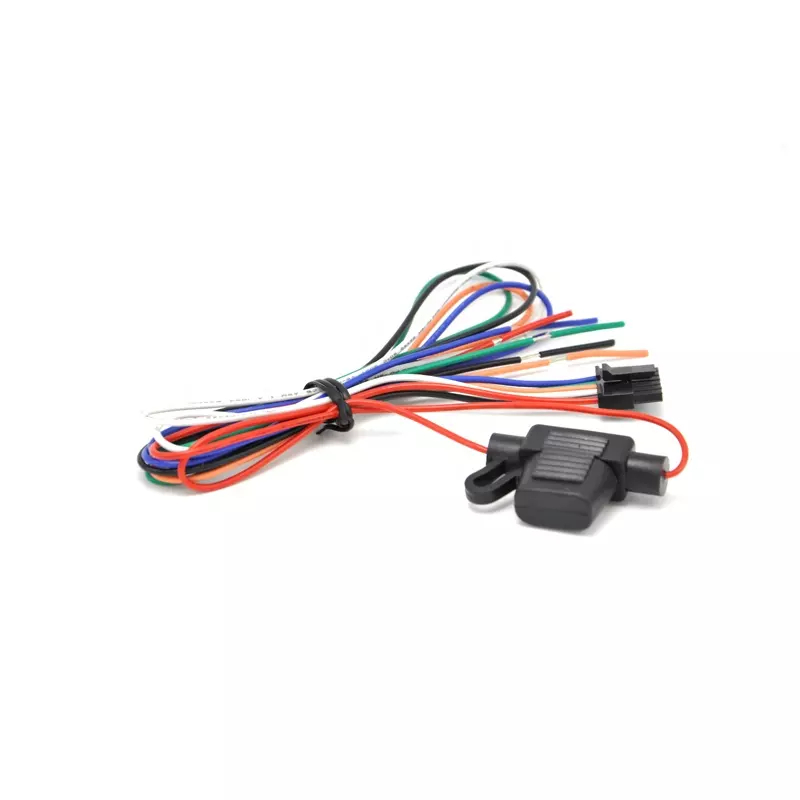 |
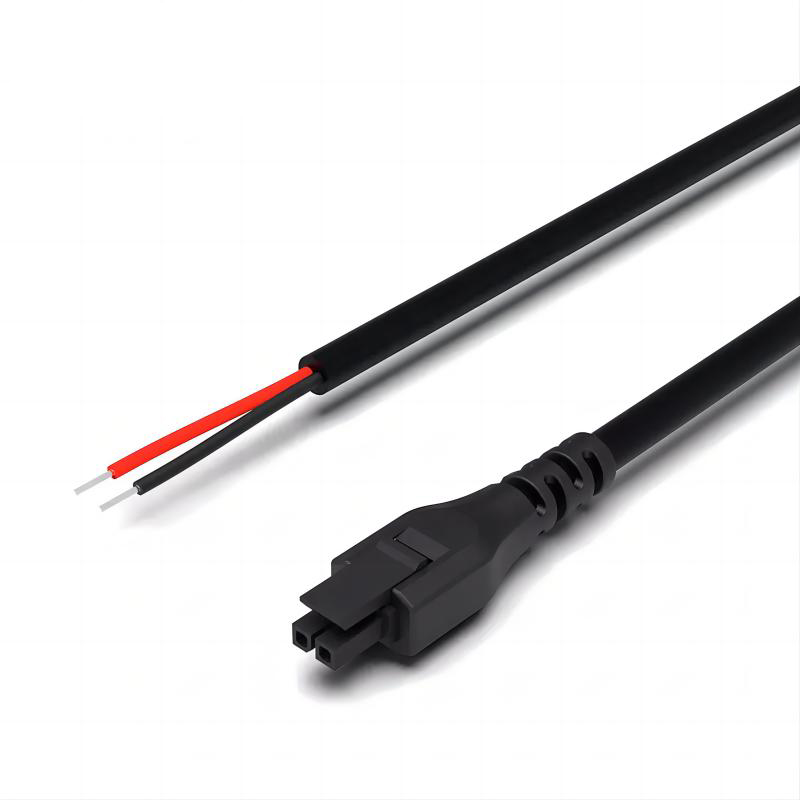 |
SAE bullet 2-pin connectors adhere to industry standards set by the Society of Automotive Engineers (SAE). They provide a reliable connection between batteries or other electrical components in vehicles such as motorcycles or recreational vehicles (RVs).
| SAE 2pin bullet connector to alligator clip cable | SAE 2pin bullet connector to 2 bullet terminal cable |
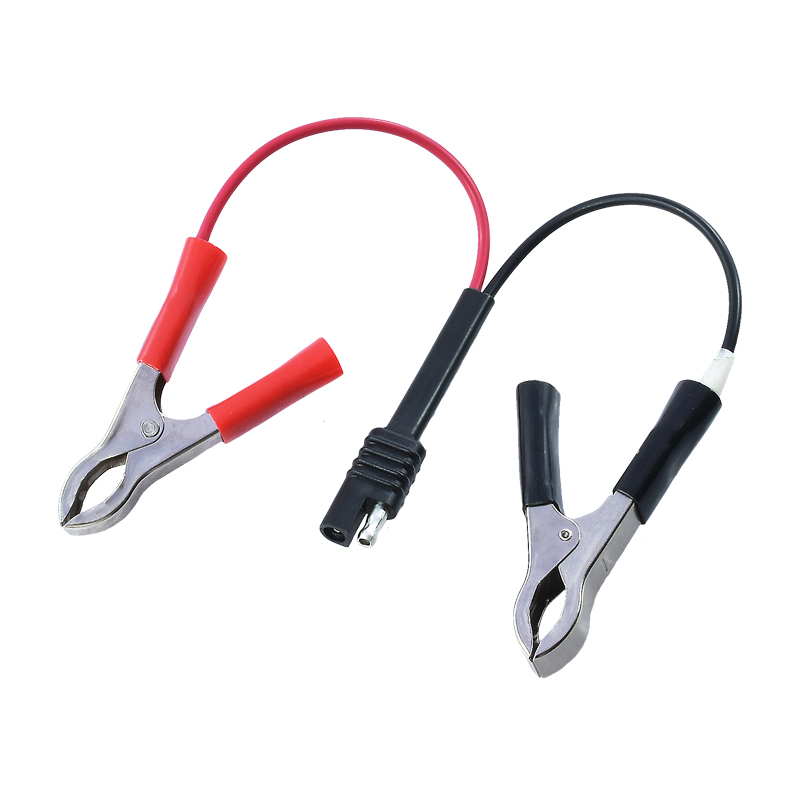 |
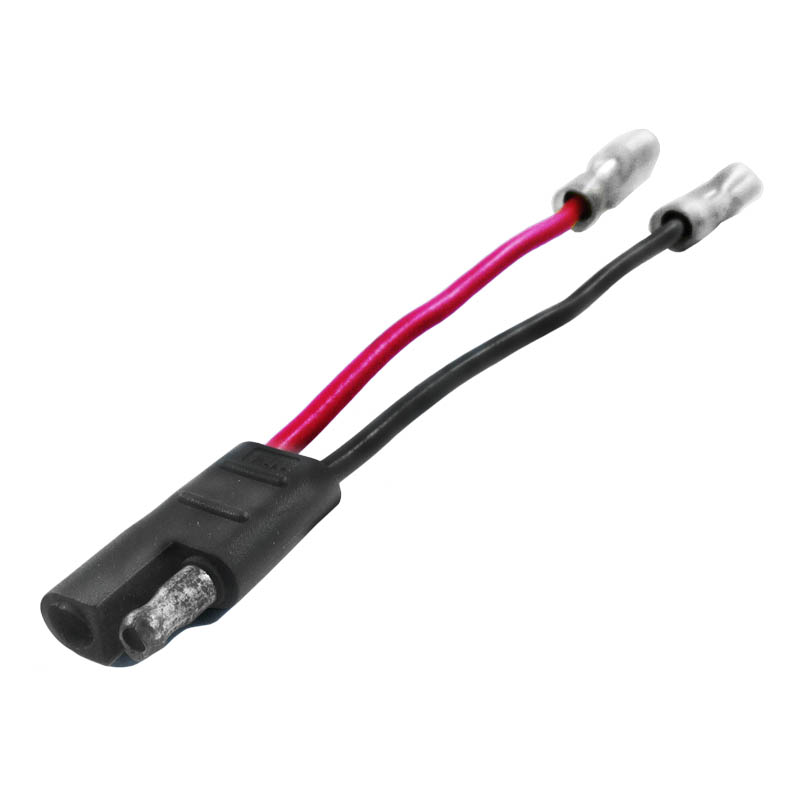 |
| Right-Angle 3-wire Pigtail for Sealed Trailer | triangle shape 3-wire Pigtail for Trailer |
 |
 |
| SAE quick connect 3pin wire for Trailer | SAE quick connect 4pin wire for Trailer |
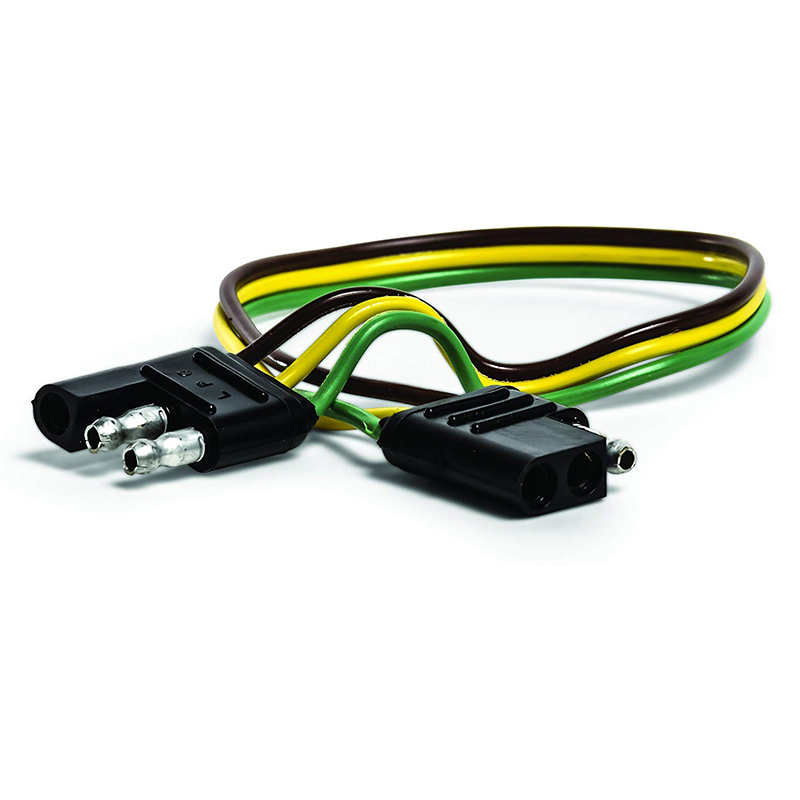 |
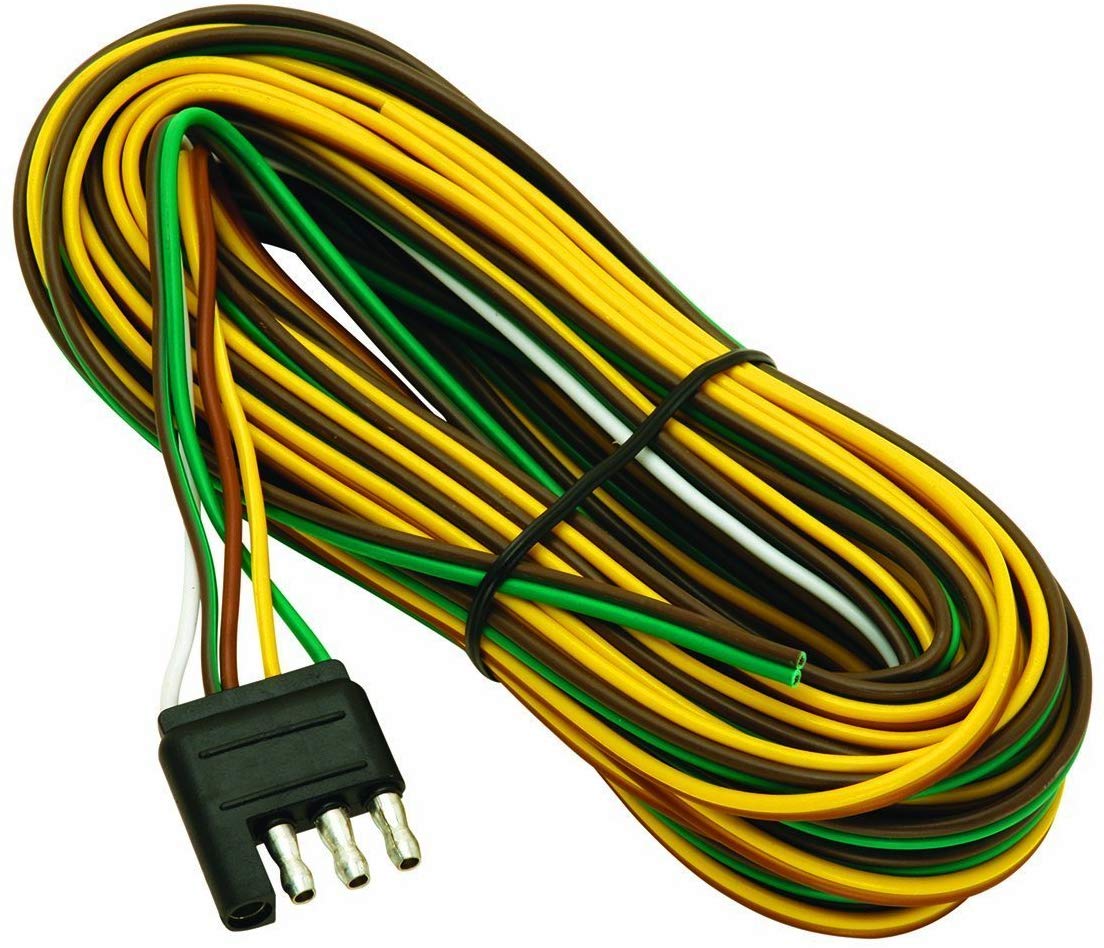 |
Anderson connectors are known for their versatility and ruggedness. These modular power connectors allow easy assembly without any special tools while providing excellent current-carrying capacity. They find extensive use in amateur radio setups, electric vehicle charging systems, and solar power installations, among others.
| 4 Gauge Anderson Battery Adapter Cable | Anderson Battery Connector with online fuse holder cable |
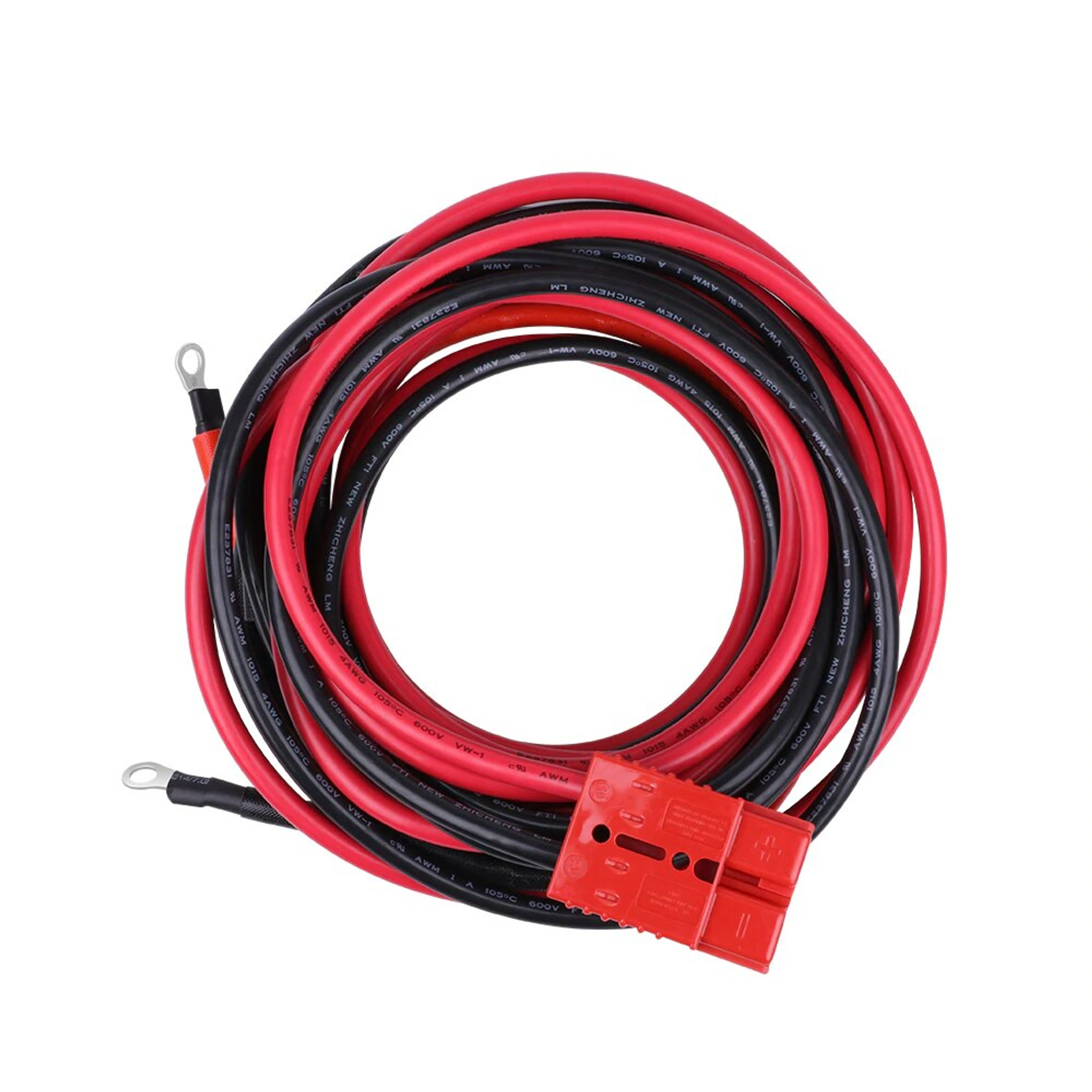 |
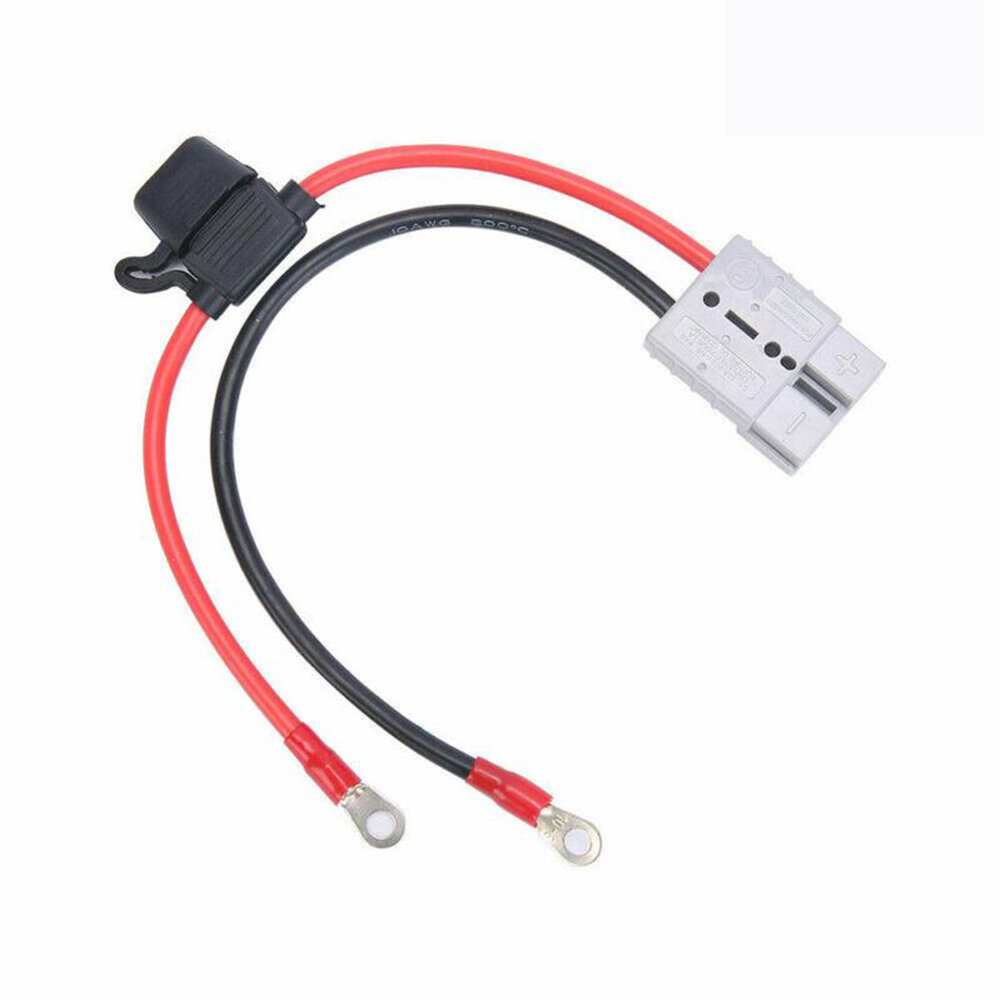 |
| 12 Gauge Anderson Battery Cable | 50A Battery Cables For Forklift Connectors With Anderson Connectors |
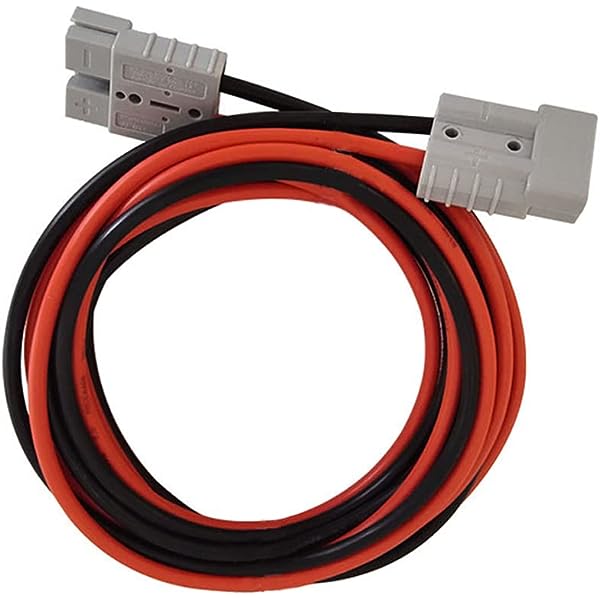 |
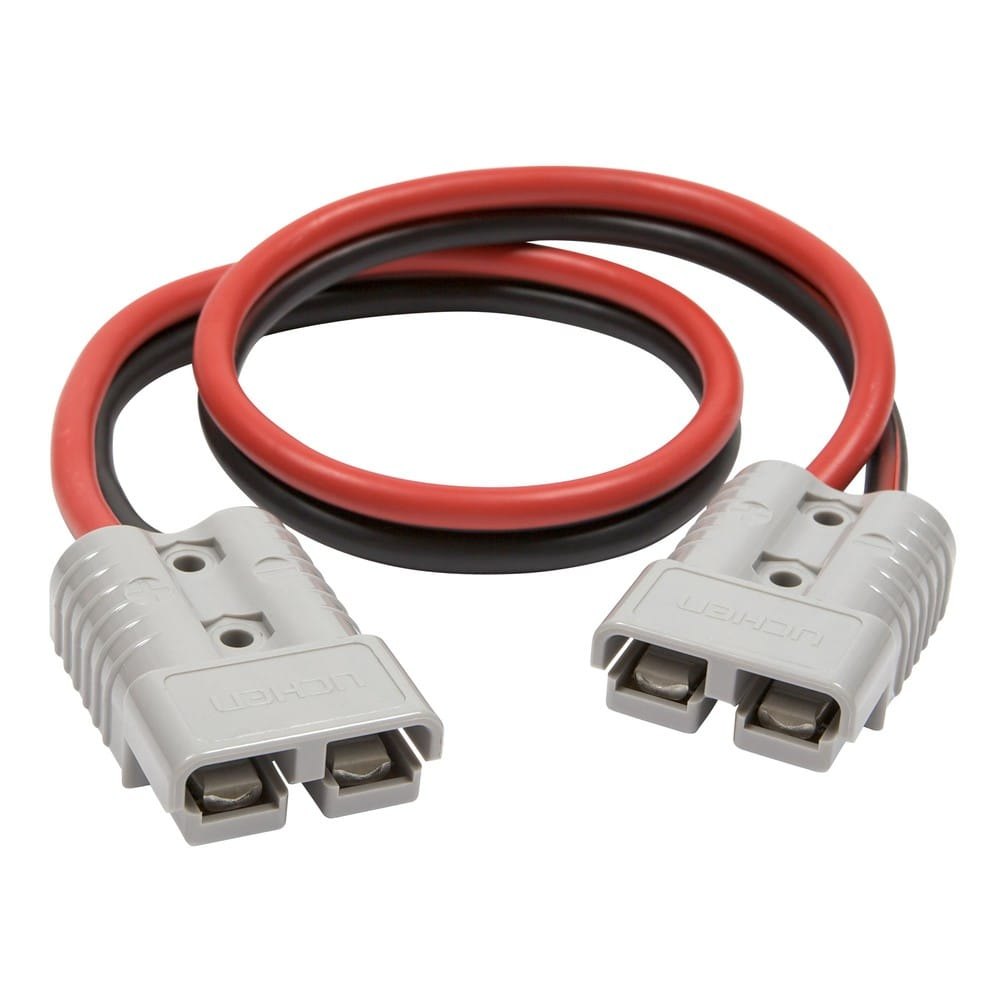 |
| Anderson Connectors Extension with Ring Terminals - 600 V - 50 A - 8 AWG | 600V 50A Anderson Plug to EC5 Female Battery cable 10AWG |
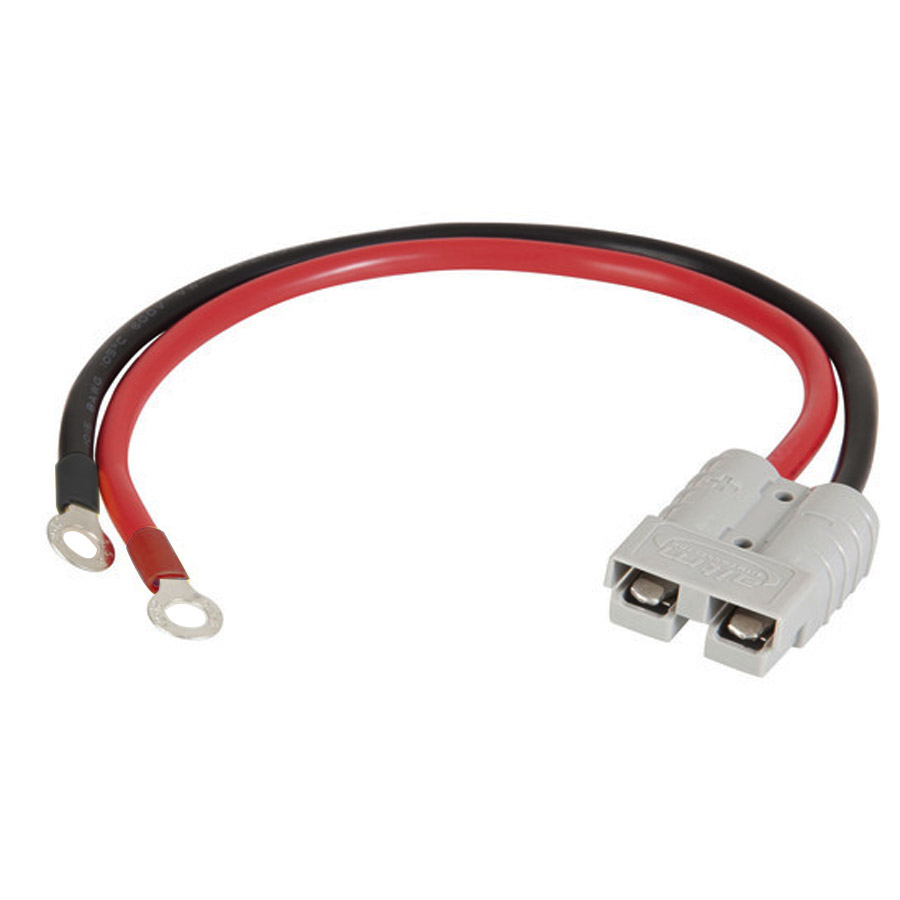 |
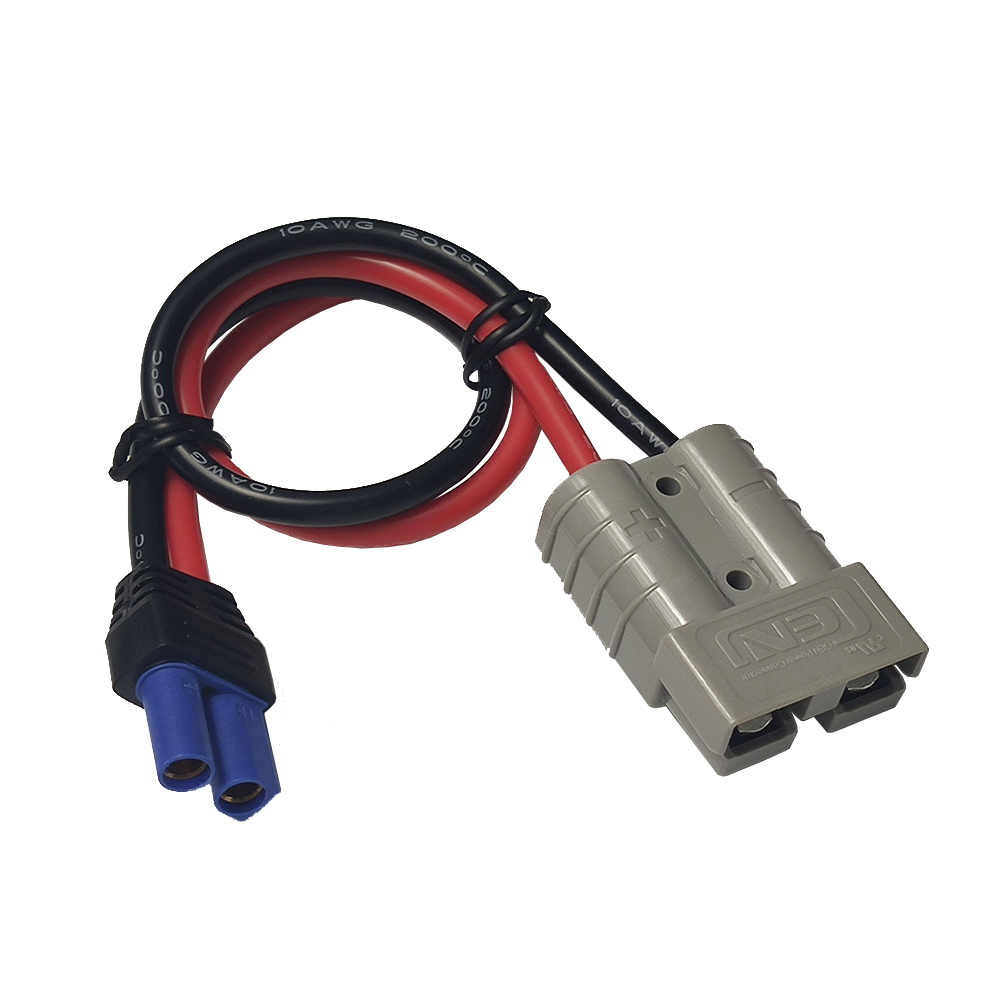 |
In addition to the mentioned battery connectors, there is a wide range of other types used in various industries and applications. These connectors are designed to meet specific requirements and ensure reliable power transmission between batteries and devices. In certain specialized fields such as medical devices or aerospace technology, custom-designed battery connectors may be employed to meet unique specifications. These connectors undergo rigorous testing procedures to ensure they can withstand extreme conditions while maintaining optimal performance.
It's worth noting that advancements in technology continue to drive innovation in battery connector designs. For instance, wireless charging technologies have led to the development of magnetic induction-based connectors that eliminate physical contact altogether.
Overall, these examples demonstrate how diverse and versatile battery connectors are across different industries. The selection process involves considering factors such as current rating requirements, environmental conditions (e.g., moisture or temperature), ease of use, reliability standards, and compatibility with existing equipment or systems.
See battery cable projects that we made, Contact us to custom your own battery cable, and let's start with a free quote.
